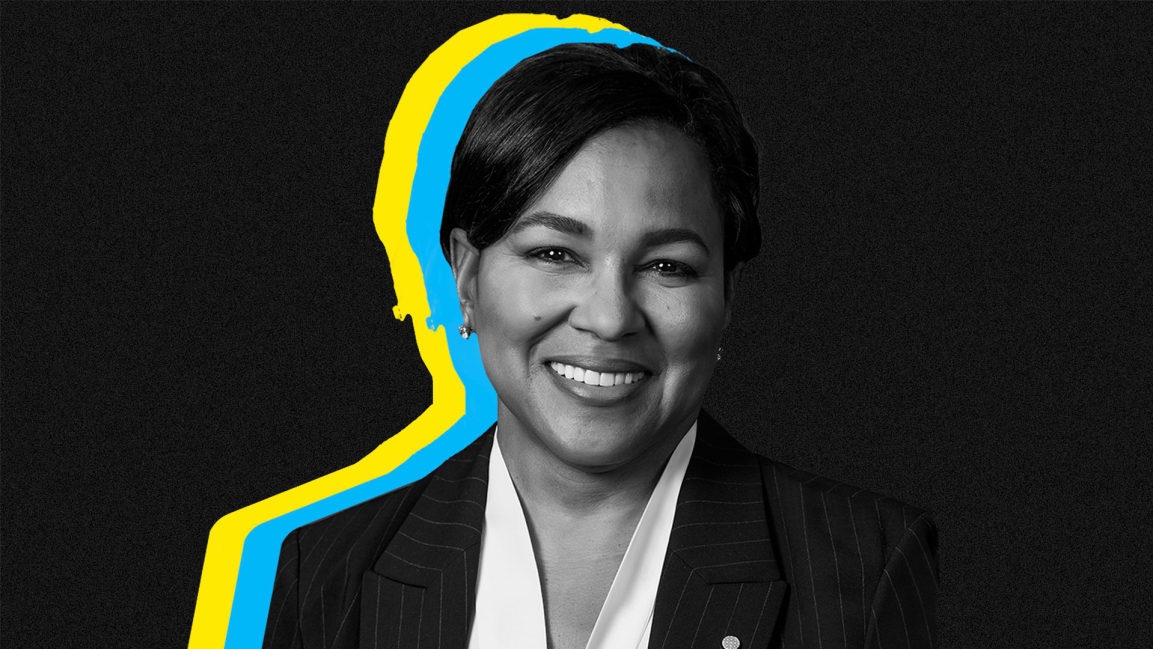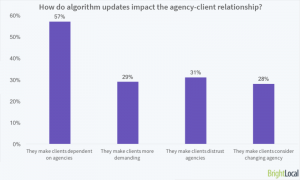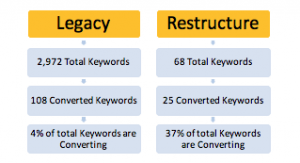
As one of two Black women leading a Fortune 500 company, Walgreens Boots Alliance CEO Roz Brewer knows that a key indicator of a company’s ability to innovate is the diversity of its leadership. In a conversation at Fast Company’s Most Innovative Companies Summit on Wednesday, Brewer said that a company’s board diversity has a big impact on its ethos and strategy—something she saw in action while serving on Amazon’s board.
“A board is there to do a couple things: govern the company, take care of the shareholder, and develop the CEO. And it takes more than one kind of person to do that,” said Brewer, who was on Amazon’s board from 2019 to 2021, and has been on the boards of Molson Coors and Lockheed Martin. “There were five women on the board at Amazon when I was on the board, and the conversations were very rich and in depth because you had cross-sections of people willing to challenge the status quo.”
With a track record that includes overseeing big digital transformations at Sam’s Club and Starbucks, Brewer is familiar with innovation that shapes companies. As she marks her first year at the helm of Walgreens Boots Alliance, the parent company of Walgreens, Brewer is championing a strategy for the drugstore chain that’s centered on its new Walgreens Health division. The initiative encompasses an ambitious partnership to bring primary care clinics to hundreds of stores and the creation of Walgreens Health Corners—in-store spaces where certain patients can get specialized screenings and additional care. All these efforts earned Walgreens a spot among Fast Company’s 50 Most Innovative Companies of 2022.
Brewer said her goal at Walgreens is to help bridge the gap between digital capabilities and physical experiences. She’s drawing from her experience as COO of Starbucks from 2017 to 2021. “Starbucks is really impressive, in terms of their mobile app and the loyalty program that they have in Starbucks Rewards. Their talent in that space is fantastic,” she said. Even so, Starbucks has had a rocky past year, beset by labor issues and criticism that the company’s “third place” philosophy has fallen by the wayside. The growth of Starbucks’s app is, in some ways, to blame for this loss of culture.
“The learning there is that . . . you also have to connect the customer to the physical asset [and] the employee,” Brewer said. “It’s all about writing the right algorithms and merging that data together and understanding how to put that in the hands of the consumer, but equally in the hands of our employees so that they can be the hero for the day.”
Brewer also shared her strategy for fostering innovation among leadership. It starts with identifying the best areas of focus—and guiding the team if necessary. “You have to create the investment opportunities and make sure [colleagues] understand where the financial opportunities are to create the growth vehicles,” she said. “Sometimes, we leave that up to the organization to define, but every now and then you have to really engage with your organization to pull them along.”
This process naturally includes empowering people to try out new ideas, even if they might fail. “You have to create an opportunity for people to take risks and really applaud those risks,” she said. “Now, I know we all think about that, but many of us get tangled up in making the next quarter’s numbers. It’s important for the CEO to play the long game, and when you do that, you open the door to innovation and long-term growth.”
(17)








